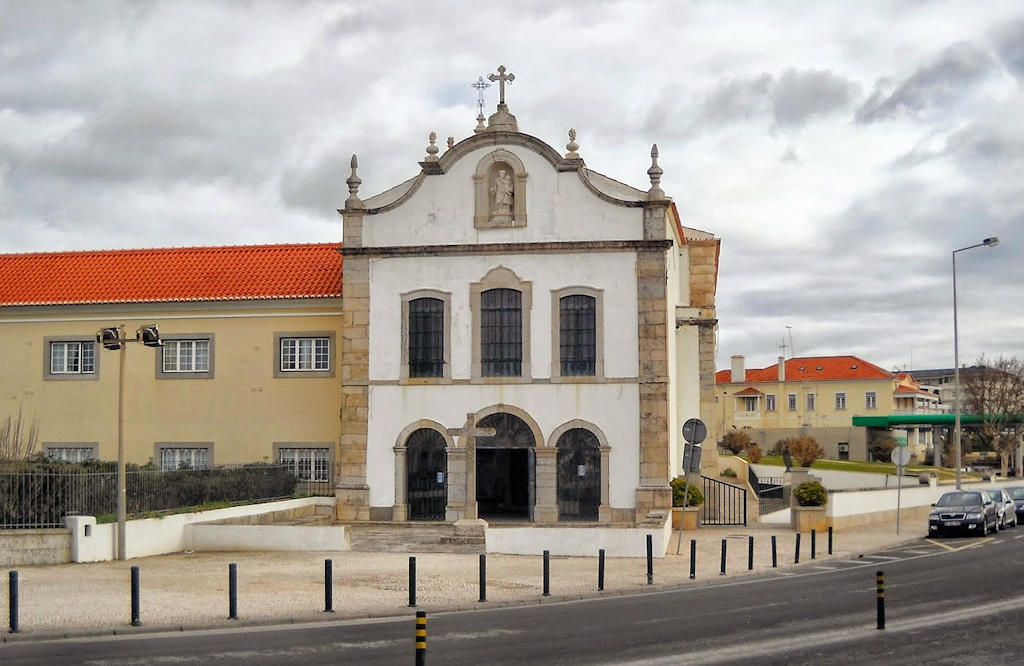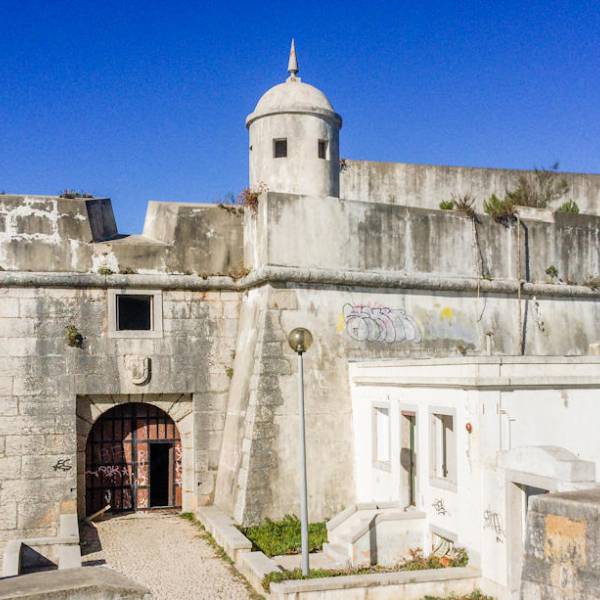In 1927, tragedy struck again when a fire destroyed the remodeled 17th-century temple. The restoration project, led by architect Tertuliano Marques, aimed to salvage some of the original azulejos (traditional Portuguese tiles) and maintain the building's original layout. Notably, the project also introduced new elements, such as the frescoes on the current ceiling by Carlos Bonvalot and the tile ensemble created by Mestre Victória Pereira.
Today, the Church of St. Anthony of Estoril stands as a remarkable testament to both architectural resilience and cultural heritage. Its exterior showcases the beautiful stonework, with the three windows adorning the facade, welcoming natural light into the sacred space. Inside, visitors are greeted by the elegant gilded altarpiece, a symbol of devotion and artistic craftsmanship. The ceiling frescoes, delicately painted by Carlos Bonvalot, depict scenes of religious significance and add an ethereal ambiance to the church's interior. The intricate azulejos, skillfully created by Mestre Victória Pereira, adorn the walls, narrating stories from biblical and local traditions.
Lisbon.vip Recommends
Exploring the Church of St. Anthony of Estoril offers a captivating journey into the past, where one can appreciate the resilience of a structure that withstood natural disasters and the dedication of those who restored it to its former glory. The fusion of history, spirituality, and artistic excellence creates an immersive experience that resonates with visitors seeking a deeper understanding of Estoril's heritage.
Visiting the Church of St. Anthony of Estoril provides an opportunity to witness the beauty of religious architecture, admire exquisite artwork, and connect with the spiritual essence that has endured throughout the centuries. Whether you are a history enthusiast, an art lover, or a seeker of tranquility, this remarkable church is a must-visit destination that will leave a lasting impression and evoke a sense of reverence for the cultural and spiritual legacy it represents.
Map View










